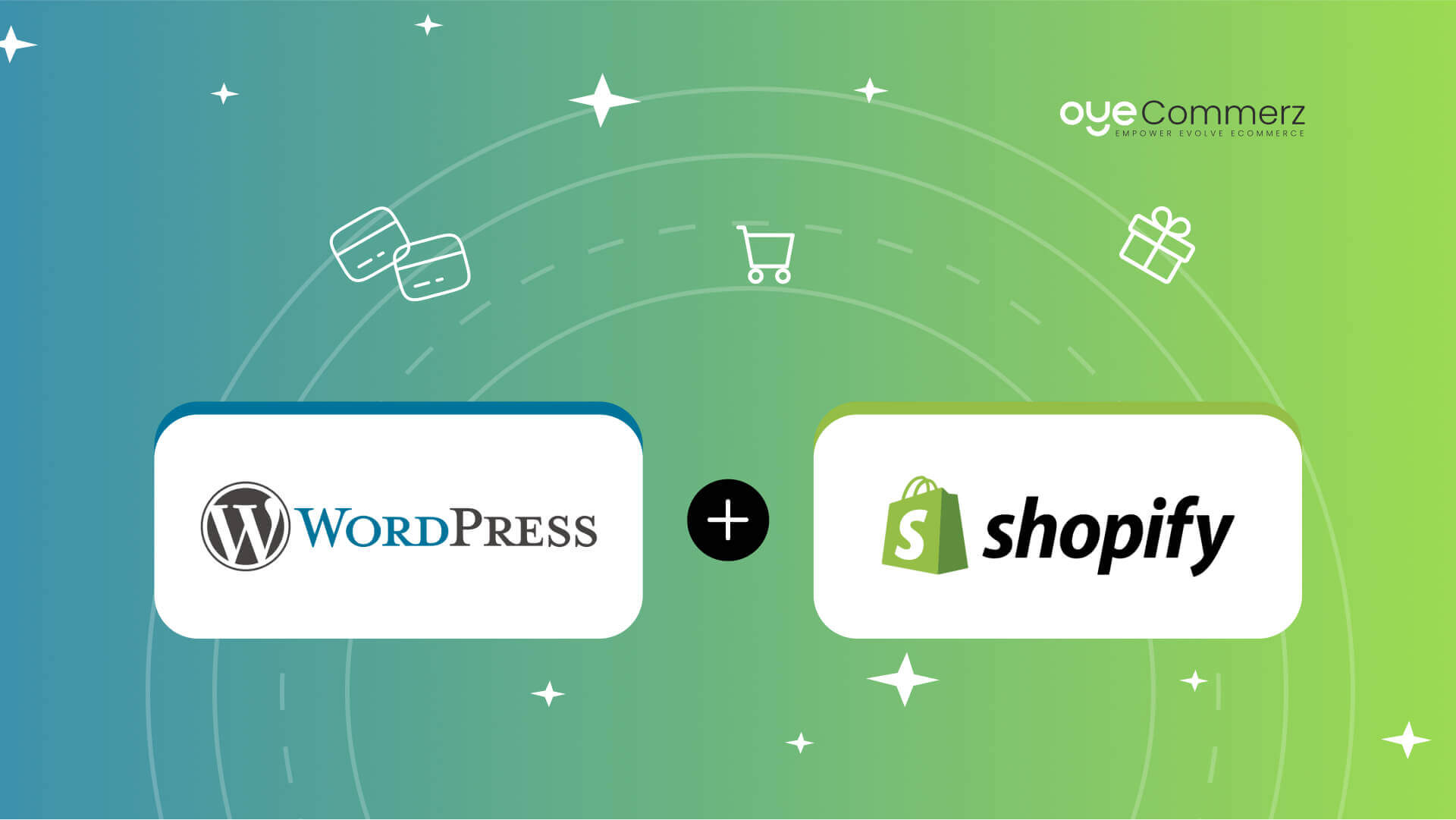Scaling an e-commerce store requires adaptability, growth, and delivering outstanding customer satisfaction.
Considering a move from WordPress to Shopify? You’re probably seeking advanced features, better scalability, and a forward-thinking platform.
Discover the critical steps, expert tips, and proven strategies for migrating to Shopify with minimal disruptions and maximum impact.
Reasons to Transition from WordPress to Shopify
WordPress is a flexible platform, but its dependency on plugins can complicate e-commerce scalability.
Shopify is designed specifically for online retail, offering powerful tools, security, and scalability to fit businesses of any size.
As of 2024, Shopify powers over 4.5 million online stores worldwide, solidifying its position as a leader in e-commerce.
A move to Shopify enhances areas like payment solutions, order handling, and mobile-friendly design.
Let’s dive into the key steps to migrate seamlessly.
Step 1: Assess Your E-Commerce Needs
Analyze your e-commerce store to pinpoint areas that require improvement or growth.
Pinpoint challenges such as reliance on plugins or suboptimal page speed that restrict growth.
For example, Shopify offers integrated features like Shopify Payments and customizable themes, reducing third-party tool dependency.
Step 2: Plan Your Migration Thoroughly
Migrating without a structured approach can lead to errors, data loss, or unexpected downtime.
Ensure a smooth transition by focusing on key areas like product inventory, customer data, and order history.
Shopify provides tools and third-party apps to simplify the migration process and safeguard important information.
Step 3: Tailor Your Shopify Experience
Shopify’s customization options let you design a store that aligns perfectly with your brand.
Browse the Shopify Theme Store for templates or modify them to enhance user experience.
Premium themes like “Impulse” and “Prestige” offer advanced features and mobile-friendly designs.
Shopify Plus offers tailored theme development for businesses seeking unique designs.
Partner with Oyecommerz to design Shopify Plus themes tailored for high-performing online stores.
Step 4: Safeguard Your Search Engine Optimization
Maintaining your SEO settings is crucial to keeping your website visible in search results.
Shopify tools enable redirection of old URLs to new ones, safeguarding existing traffic.
Optimize metadata and link to Google Analytics for seamless SEO tracking on Shopify.
Reports indicate that 70% of websites experience temporary traffic dips post-migration without proper SEO management.
Step 5: Leverage Shopify’s App Ecosystem
Unlock advanced features for your store with Shopify’s rich selection of apps.
Apps like Klaviyo for email marketing and Yotpo for customer reviews can transform your customer engagement strategy.
Use Shopify API integrations to connect your store with external systems effortlessly.
Work with Oyecommerz Shopify SEO tools for migration for custom Shopify app integrations that optimize business workflows.
Step 6: Focus on Mobile Optimization
In 2024, mobile devices account for nearly 60% of online transactions, making optimization essential.
Every Shopify theme is built to adapt seamlessly to different screen sizes and devices.
Shopify’s payment options, like Shop Pay, offer a quick and frictionless checkout experience.
With optimized navigation and fast loading times, your store can thrive in the mobile-first era.
Step 7: Empower Your Team with Shopify Training
Training your team to navigate Shopify ensures they maximize its features effectively.
Teach staff how to manage products, track orders, and utilize reporting tools for insights.
Team training boosts confidence and efficiency in using Shopify’s advanced functionalities.
Step 8: Test Your Store Before Launch
Run thorough checks on your Shopify store to address potential problems before it goes live.
Verify that product information, inventory, and navigation links are error-free.
Simulate purchases to confirm your store’s payment methods and checkout flow are problem-free.
A well-tested store provides users with a flawless shopping experience from the start.
Step 9: Promote Your Migration Strategically
Turn your platform switch into a marketing event to attract attention and retain customers.
Send personalized emails and post updates on social media to announce your improved store.
Highlight benefits such as Choosing Shopify for WordPress e-commerce stores better performance and enhanced security to boost customer confidence.
Conclusion: Unlock New E-Commerce Potential with Shopify
Migrating from WordPress to Shopify is more than a technical change—it’s a transformative step for your business.
From scalability to intuitive tools, Shopify equips your store to thrive in competitive markets.
From small businesses to large enterprises, Shopify provides tailored solutions for all e-commerce needs.
Partnering with Oyecommerz ensures a smooth migration with minimal disruption to your operations.
Let Oyecommerz assist you in leveraging Shopify to enhance customer satisfaction and drive sales.
Unlock the future of your business with Shopify—partner with us for a flawless migration experience.
